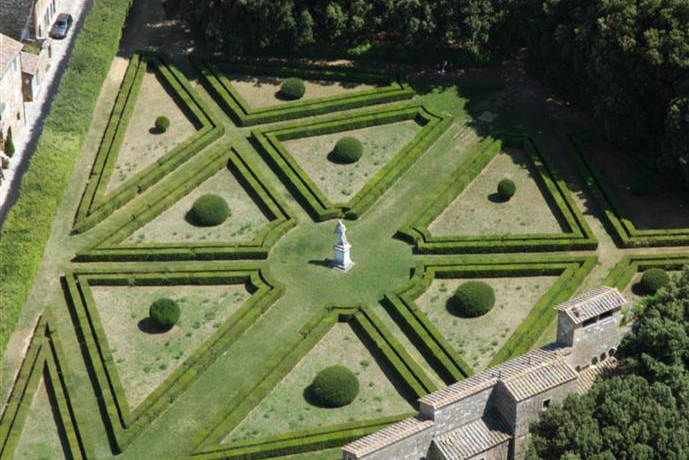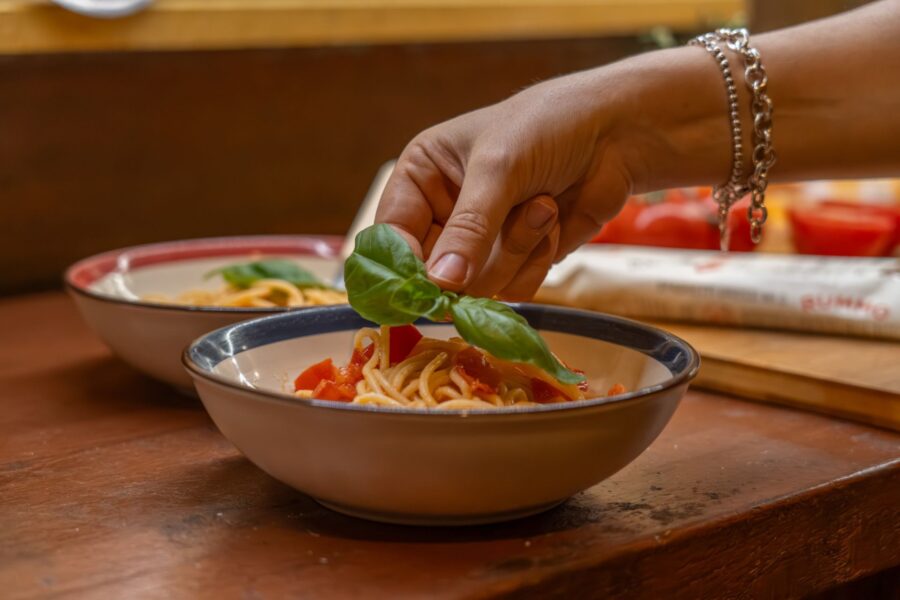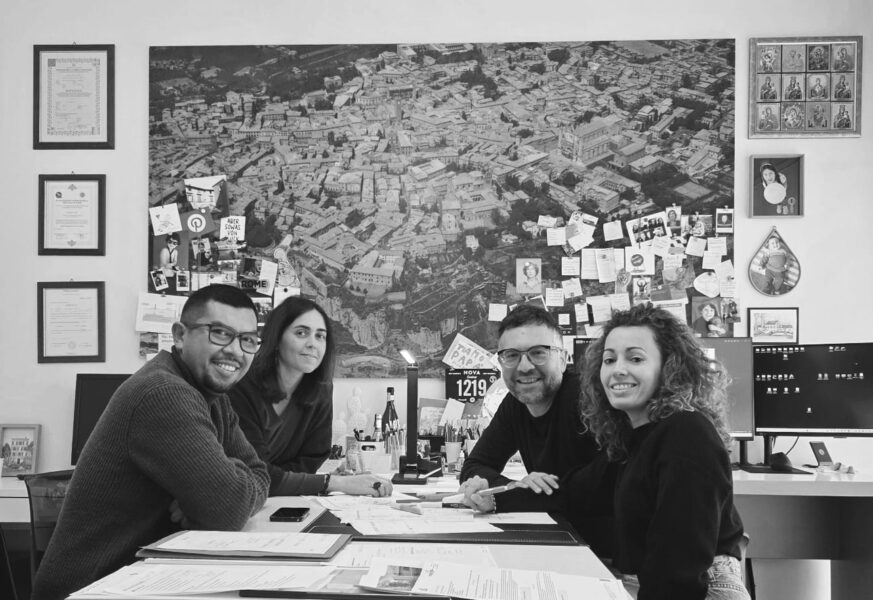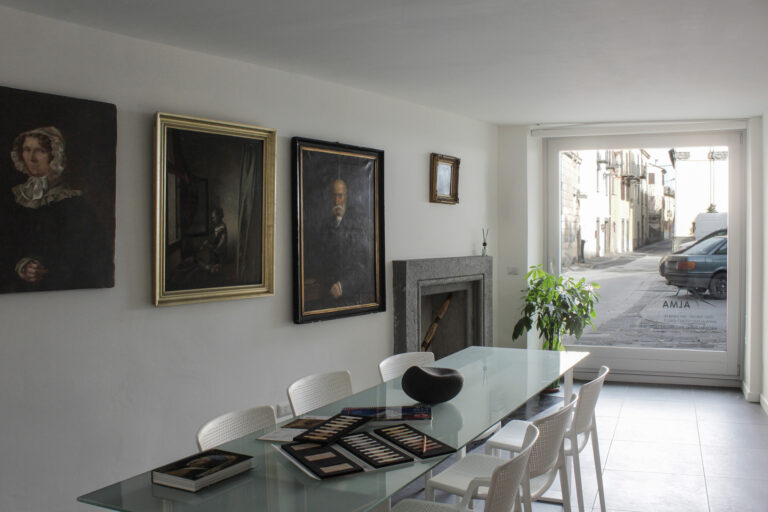San Quirico d’Orcia has a rich vast historical and architectural heritage that enjoys a perfect position along the ancient Via Francigena between Val d’Orcia and Val Sasso, an area rich in breathtaking views recognized by UNESCO as a World Heritage Site.
Its historical importance has been repeatedly emphasized by the chronicles of the time due to its proximity to Via Francigena that leads to Rome; it was a stopping point for pilgrims on their way to the capital. In 1154, Emperor Frederick I stopped in San Quirico before arriving in Rome, where he was crowned by Pope Adrian I. It was its strategic location close to such an important road that ensured economic development, becoming one of the most popular villages in the Siena province. In fact, over the centuries it has been repeatedly attacked and defended, which is why the various governments that followed, reinforced the fortifications in order to better defend it, as we can see from the medieval walls that have survived. A good portion of the city wall is well preserved, although the north-west and south parts have been destroyed. In all, 14 defensive towers and turrets have survived. Even the Porta Nuova, the door of the Capuchins, can be seen today, with its beautiful features of a six-sided central body surrounded by small stone corbels (brackets).
Among the most relevant sites are the beautiful Collegiate of Santi Quirico and Giulitta with a magnificent Romanesque portal decorated with animal sculptures and an architrave where a fight between monsters has been depicted. Immediately after, is Palazzo Chigi, designed by Carlo Fontana for Cardinal Flavio Chigi. After visiting the Romanesque church of S. Maria Assunta, we walk along via Dante Alighieri, which in the past was part of the Via Francigena, the pilgrims’ route, arriving in piazza Libertà where there is the Porta Nuova and the Horti Leonini gardens.
These beautiful 16th century gardens owe their name to the owner and architect Diomede Leoni, who created them in 1581 after having received the land as a gift from Francesco I de ‘Medici. They are divided into two distinct lower and upper parts. It is possible to see
immediately the lower part by entering the impressive entrance with the two mounted lion heads above who welcome the visitors. The two lions are not just a symbol of strength, which were very popular at the time, but they also refer to the owner’s name. The lower part is a beautiful diamond shaped garden enclosed by boxwood and Holm oak hedges that continue to the upper part, which form a very theatrical picture, at whose centre is the square with the statue of Cosimo III de ‘Medici, sculpted by Bartolomeo Mazzuoli. In the east corner of the wall is the “Rose Garden”, rich for its elegant rose bushes. Access to the top is via a beautiful travertine staircase where at the bottom is a table depicting ‘Janus’, to indicate the transition between the lower and upper parts. Here, in the square we can see the remains of the tower that was destroyed in the Second World War.
And, for the last forty years, there has been a sculpture exhibition called “Forme nel Verde” (‘Forms in Green’) held in the garden, an international exhibition that combines contemporary art with that of the history of the green.
Giuseppe Mautone









